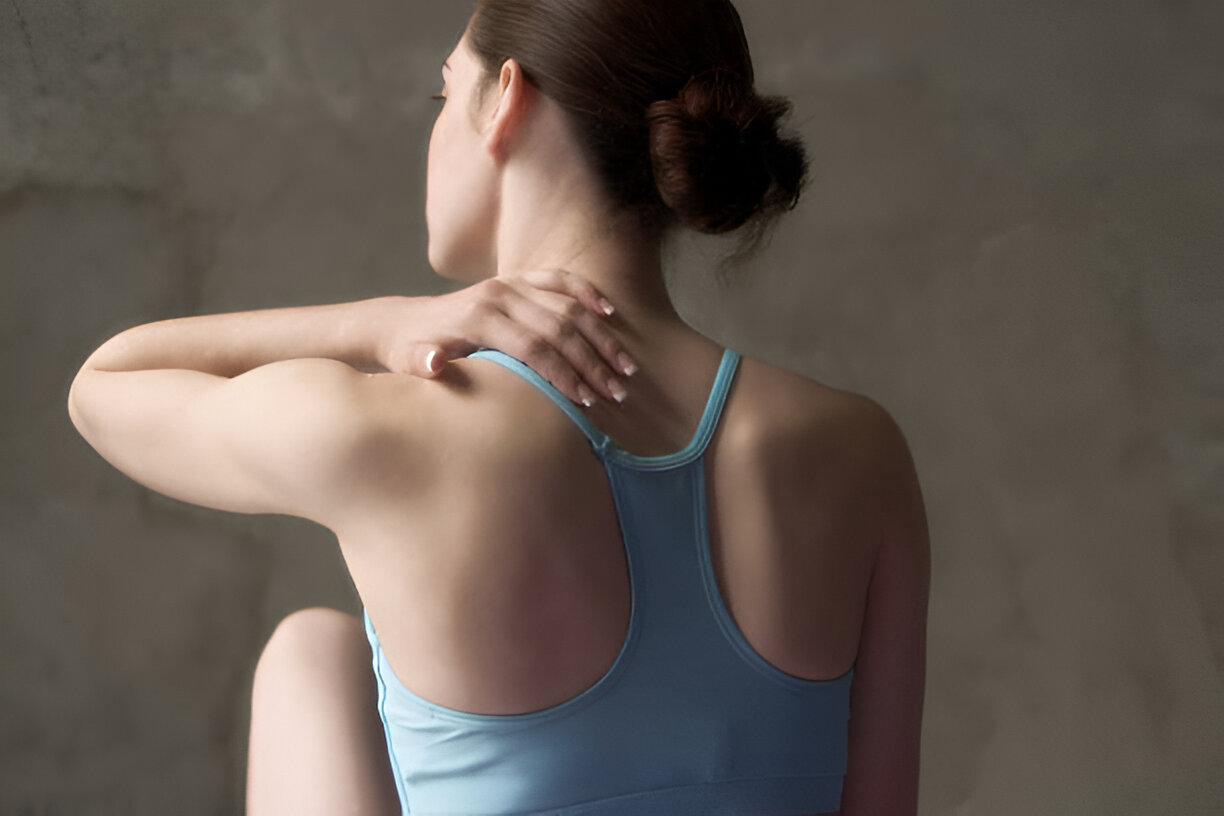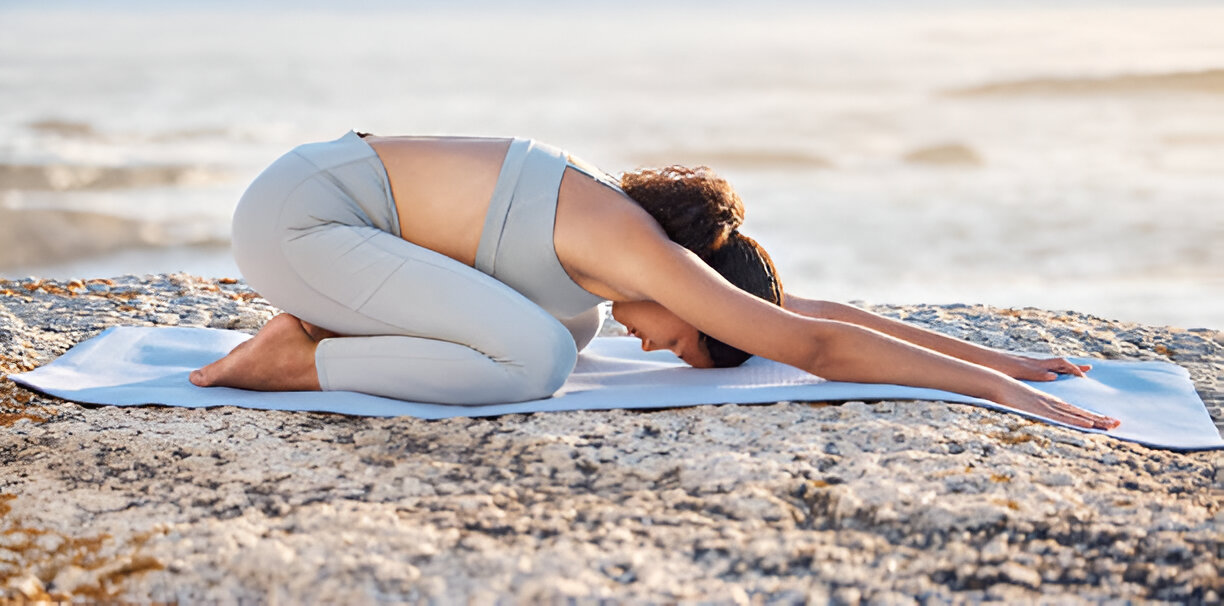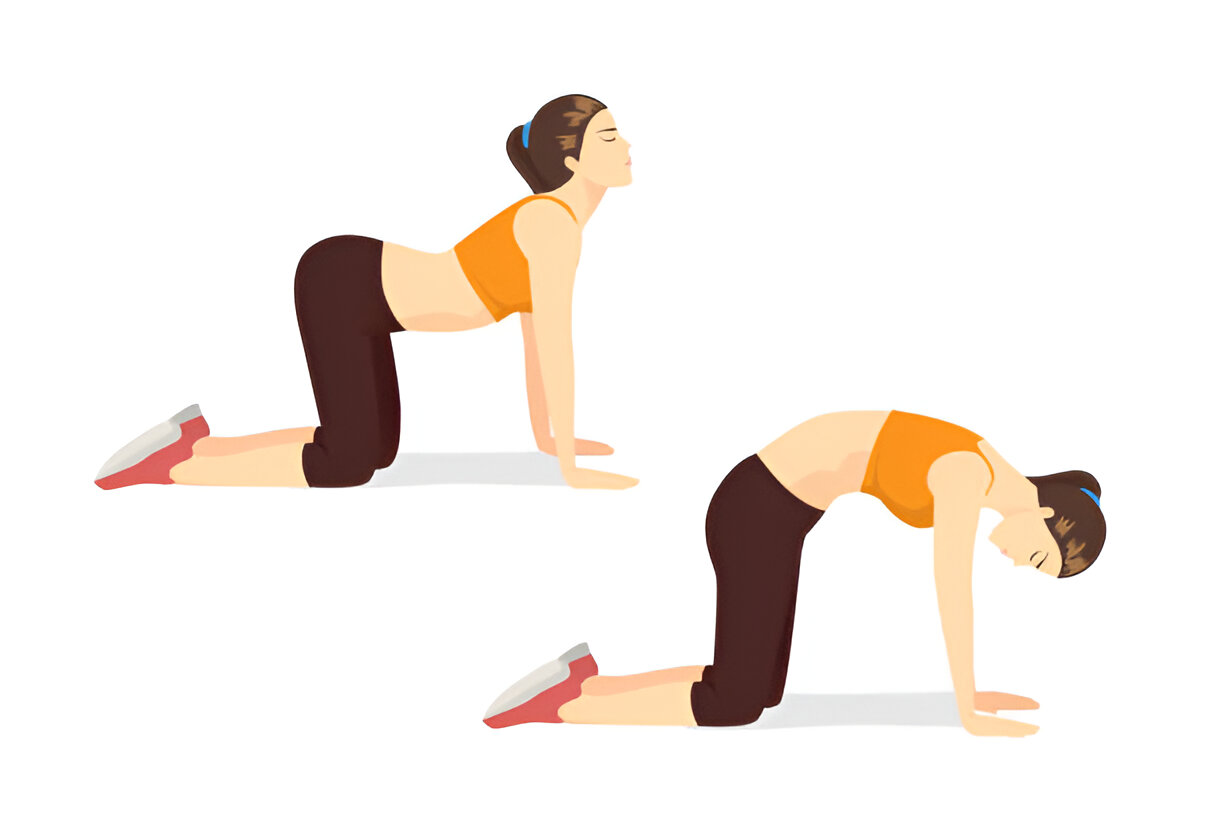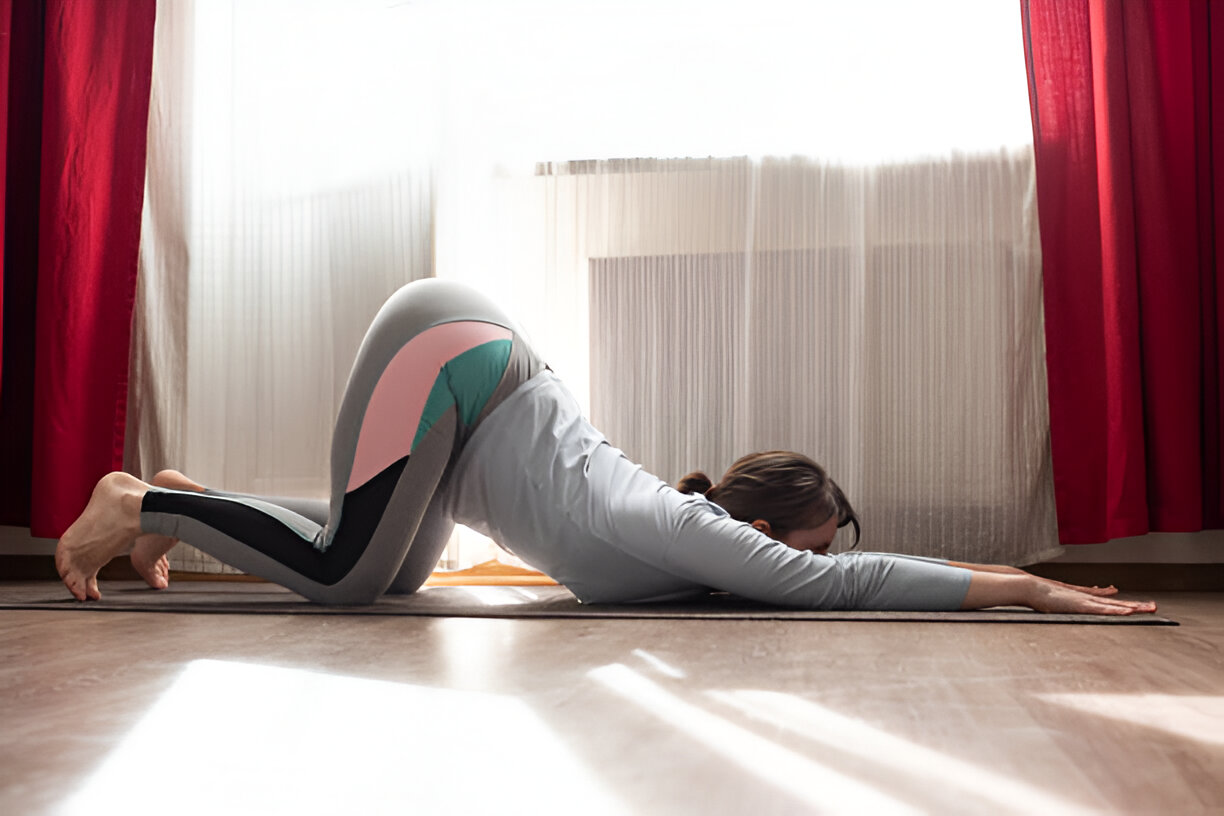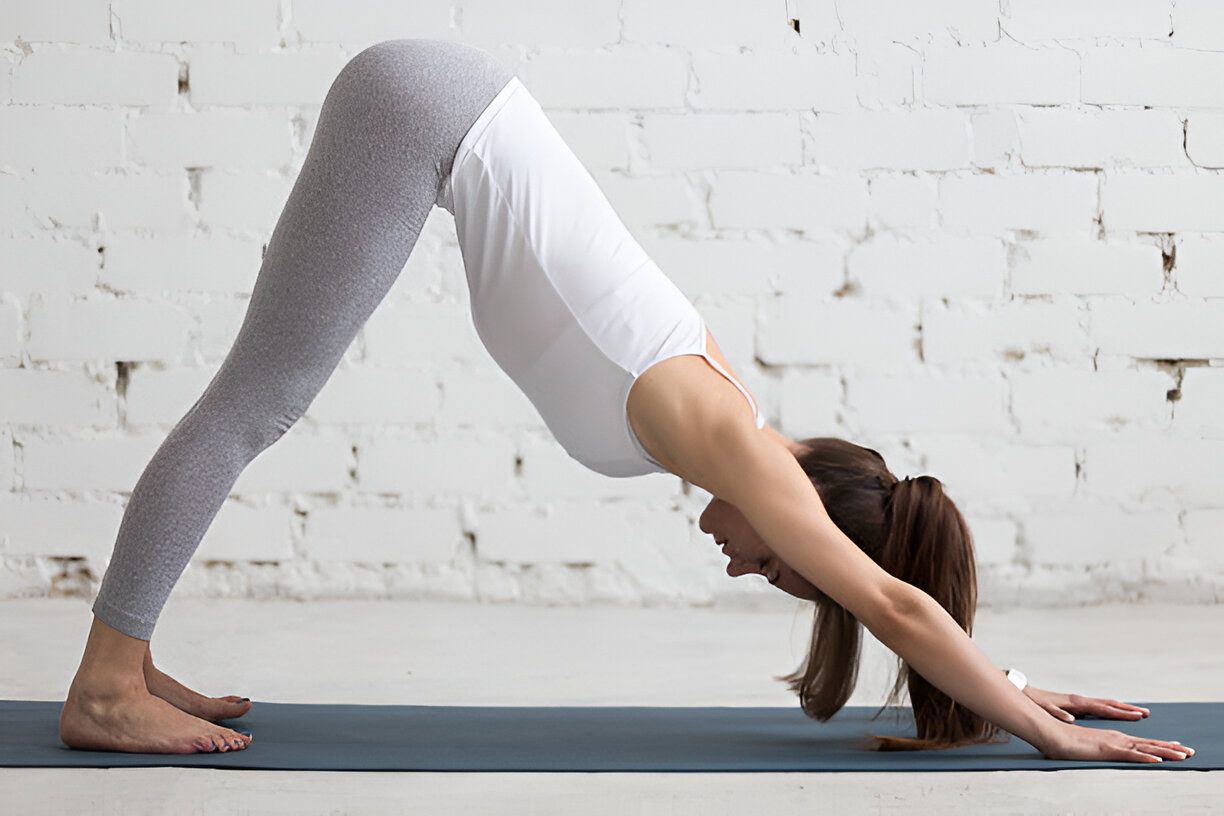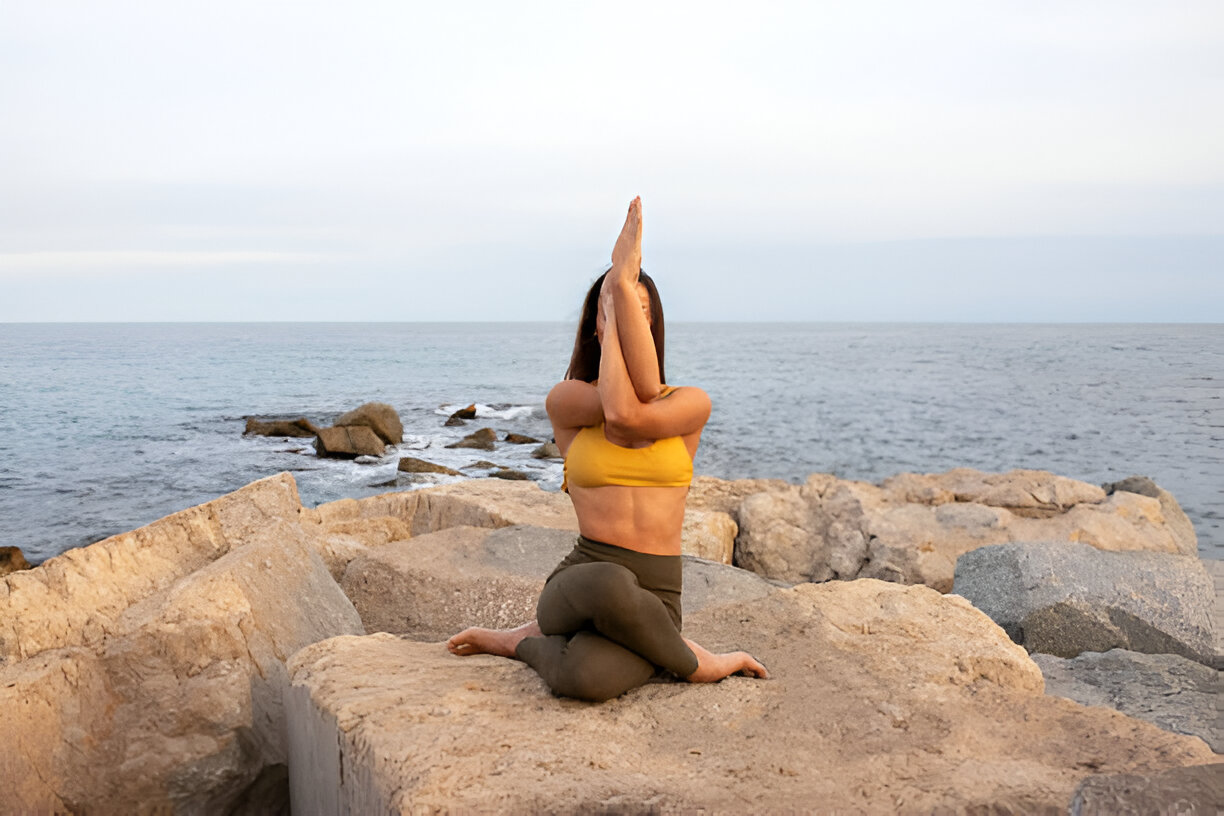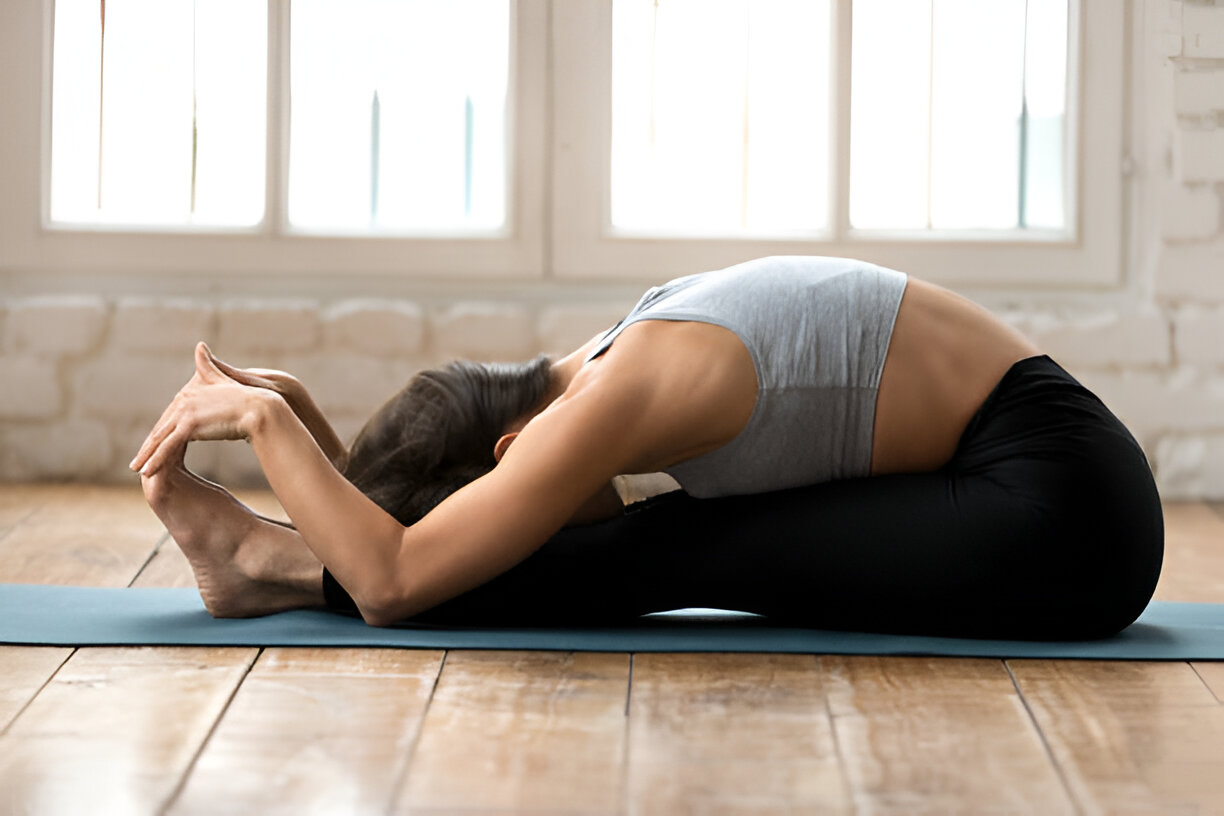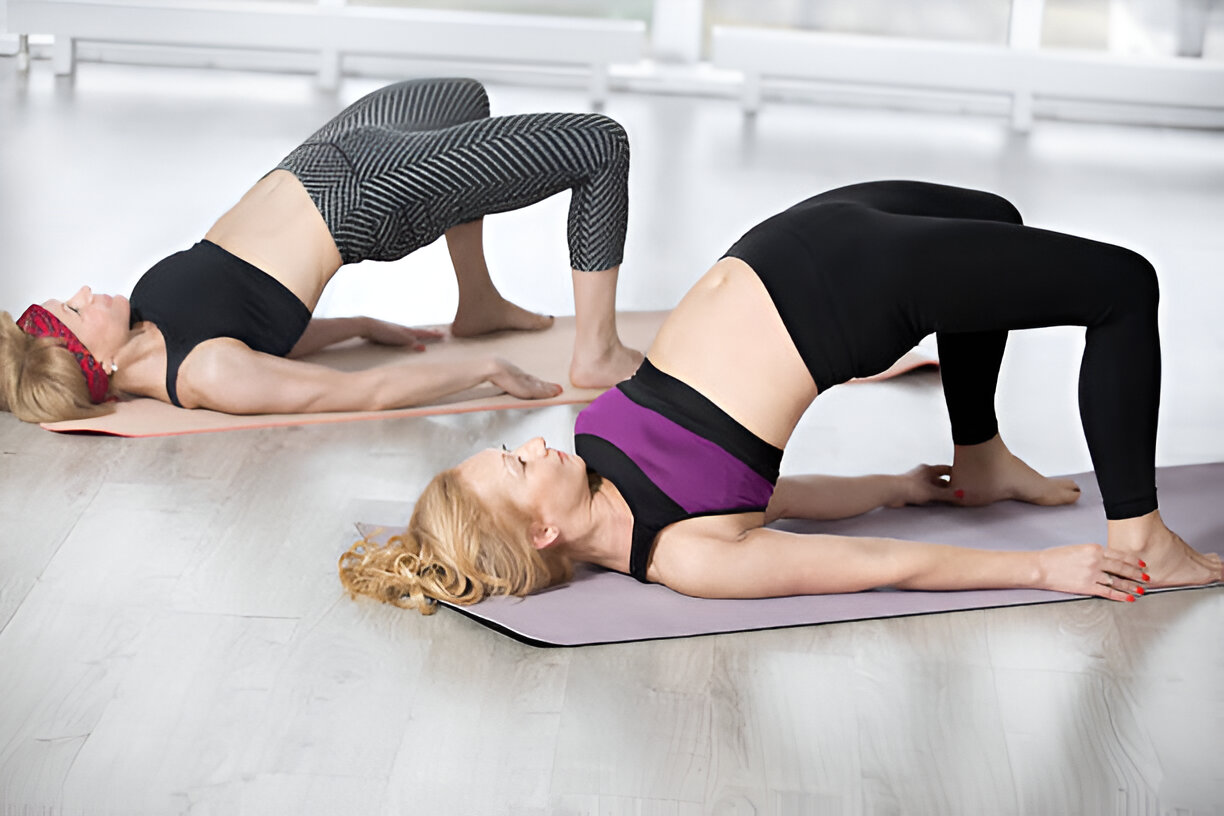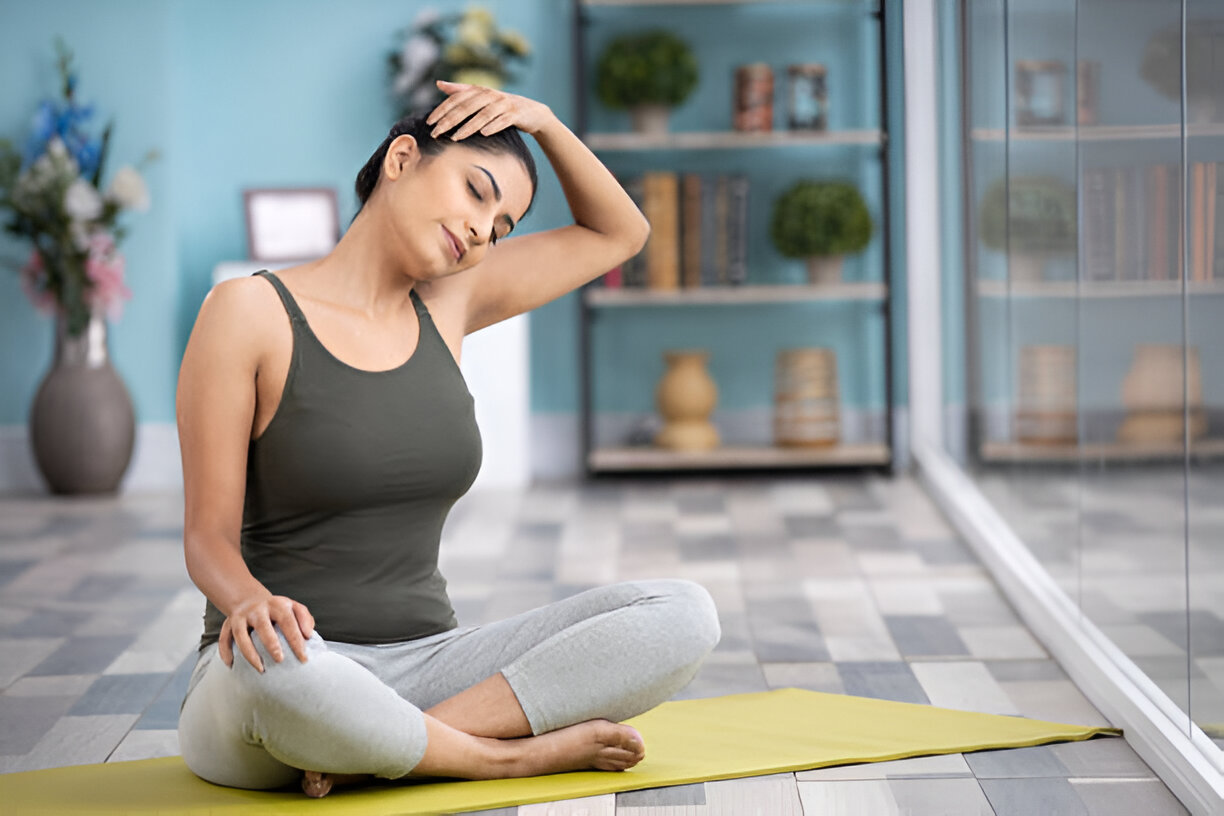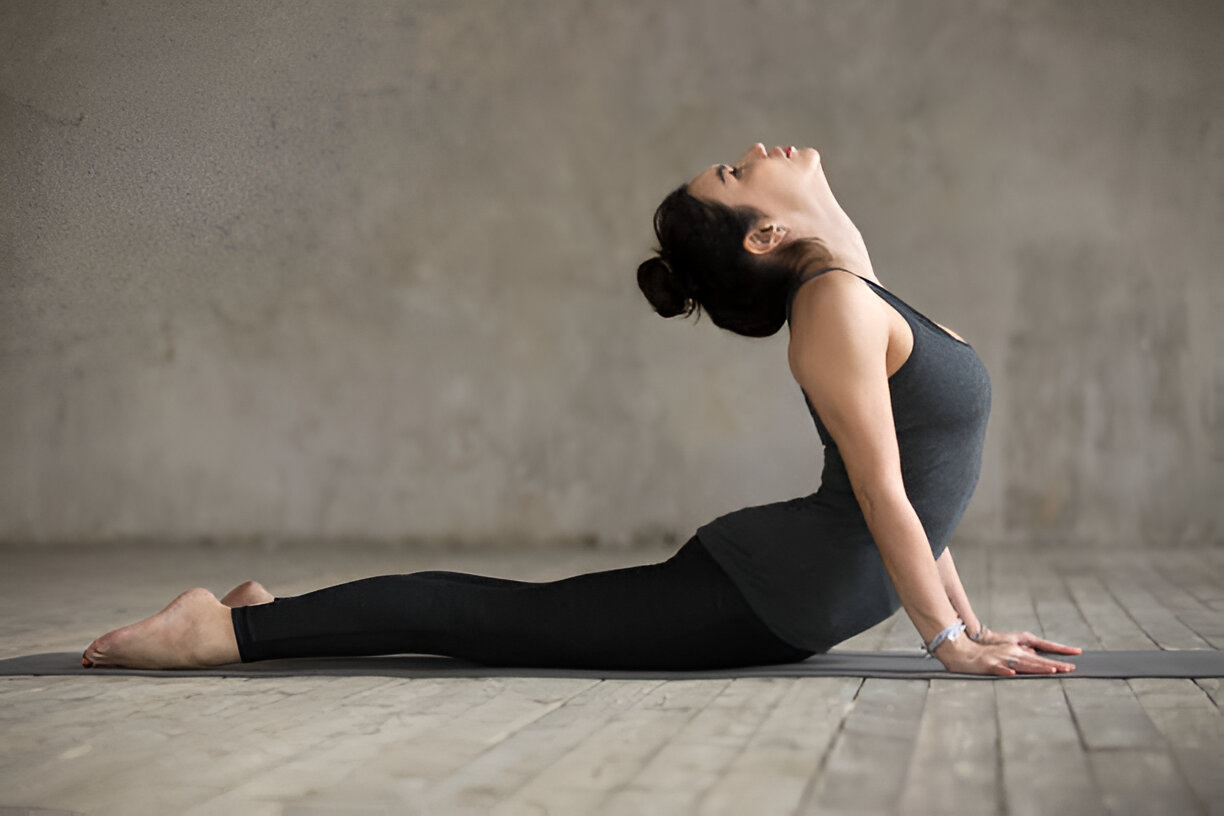Neck and shoulder pain is a common issue that affects people of all ages and lifestyles. Whether it’s due to poor posture, prolonged sitting, stress, or injuries, this type of discomfort can significantly impact daily life and overall well-being. Yoga, with its emphasis on gentle stretching, strengthening, and relaxation, offers a range of poses that can alleviate pain, improve flexibility, and strengthen the muscles around the neck and shoulders. This article explores various yoga poses specifically designed to address neck and shoulder pain, offering detailed instructions and benefits for each pose.
1. Understanding Neck and Shoulder Pain
Before diving into specific yoga poses, it’s important to understand the common causes of neck and shoulder pain:
- Poor Posture: Prolonged sitting, especially with poor posture, can strain neck and shoulder muscles.
- Muscle Tension: Stress and anxiety can lead to muscle tightness in the neck and shoulders.
- Injury: Accidents or overuse can cause pain and discomfort.
- Sedentary Lifestyle: Lack of movement can lead to muscle stiffness and weakness.
Yoga can be a valuable tool in addressing these issues by promoting better posture, relieving muscle tension, and increasing flexibility.
2. Yoga Poses for Neck and Shoulder Pain
A. Child’s Pose (Balasana)
Instructions:
- Kneel on the floor with your big toes touching and knees apart.
- Sit back on your heels and extend your arms forward, lowering your torso between your thighs.
- Rest your forehead on the mat and allow your shoulders to relax towards the floor.
- Breathe deeply and hold the pose for 30 seconds to 1 minute.
Benefits:
- Stretches the shoulders, neck, and upper back.
- Relieves tension and helps calm the nervous system.
- Promotes relaxation and stress relief.
B. Cat-Cow Stretch (Marjaryasana-Bitilasana)
Instructions:
- Start on your hands and knees in a tabletop position.
- Inhale and arch your back, lifting your tailbone and head towards the ceiling (Cow Pose).
- Exhale and round your back, tucking your chin towards your chest (Cat Pose).
- Continue flowing between these two positions for 1-2 minutes.
Benefits:
- Improves spinal flexibility and relieves stiffness in the neck and shoulders.
- Gently stretches the back and helps release muscle tension.
- Enhances overall posture.
C. Thread the Needle Pose (Uttana Shishosana)
Instructions:
- Begin in a tabletop position with hands under shoulders and knees under hips.
- Slide your right arm underneath your left arm, bringing your right shoulder and cheek to the floor.
- Extend your left arm forward or rest it on your back.
- Hold the pose for 30 seconds to 1 minute, then switch sides.
Benefits:
- Stretches the shoulders, upper back, and neck.
- Opens the chest and relieves tension.
- Promotes flexibility and relaxation in the upper body.
D. Downward-Facing Dog (Adho Mukha Svanasana)
Instructions:
- Start on your hands and knees, tuck your toes, and lift your hips towards the ceiling.
- Straighten your legs as much as possible while keeping your heels reaching towards the floor.
- Spread your fingers wide and press firmly into the mat.
- Hold the pose for 30 seconds to 1 minute.
Benefits:
- Stretches and strengthens the shoulders and upper back.
- Relieves tension and promotes better posture.
- Improves overall flexibility and circulation.
E. Eagle Arms (Garudasana Arms)
Instructions:
- Sit or stand with your back straight.
- Extend your arms in front of you and cross your right arm over your left, bending the elbows and bringing the palms to touch.
- Lift your elbows and press your forearms away from your face.
- Hold for 30 seconds to 1 minute, then switch arms.
Benefits:
- Stretches the shoulders and upper back.
- Enhances flexibility and relieves muscle tightness.
- Improves range of motion in the shoulder joints.
F. Seated Forward Bend (Paschimottanasana)
Instructions:
- Sit on the floor with your legs extended straight in front of you.
- Inhale and lengthen your spine, reaching your arms overhead.
- Exhale and fold forward, reaching for your feet or shins.
- Hold the pose for 30 seconds to 1 minute, keeping your spine straight.
Benefits:
- Stretches the entire back, including the neck and shoulders.
- Relieves tension and promotes relaxation.
- Improves flexibility and reduces stiffness.
G. Bridge Pose (Setu Bandhasana)
Instructions:
- Lie on your back with your knees bent and feet flat on the floor, hip-width apart.
- Place your arms at your sides, palms facing down.
- Inhale and lift your hips towards the ceiling, pressing your feet into the floor.
- Hold the pose for 30 seconds to 1 minute, then lower your hips back down.
Benefits:
- Strengthens the back and shoulders.
- Opens the chest and relieves tension in the neck and upper back.
- Improves posture and flexibility.
H. Neck Stretches
Instructions:
- Sit or stand with a straight back.
- Slowly tilt your head towards your right shoulder, keeping your left shoulder down.
- Hold for 15-30 seconds, feeling a stretch along the left side of your neck.
- Return to the starting position and repeat on the left side.
Benefits:
- Relieves tension and stiffness in the neck.
- Improves flexibility and range of motion.
- Reduces stress and promotes relaxation.
I. Shoulder Shrugs and Rolls
Instructions:
- Sit or stand with a straight back.
- Lift your shoulders towards your ears in a shrugging motion.
- Hold for a few seconds, then release and lower your shoulders.
- Perform shoulder rolls by moving your shoulders in circular motions, both forward and backward.
Benefits:
- Releases tension and tightness in the shoulders.
- Improves mobility and reduces stiffness.
- Enhances circulation and relaxation.
J. Cobra Pose (Bhujangasana)
Instructions:
- Lie on your stomach with your legs extended and hands under your shoulders.
- Inhale and press into your hands, lifting your chest off the floor.
- Keep your elbows slightly bent and shoulders away from your ears.
- Hold the pose for 15-30 seconds, then lower back down.
Benefits:
- Stretches the chest and shoulders.
- Strengthens the upper back and relieves tension.
- Improves posture and flexibility.
3. Additional Tips for Managing Neck and Shoulder Pain
In addition to practicing yoga poses, consider the following tips to further manage and prevent neck and shoulder pain:
A. Posture Correction
- Ergonomic Workspaces: Ensure your workspace is set up to promote good posture. Your chair should support your lower back, and your computer screen should be at eye level.
- Frequent Breaks: Take regular breaks from sitting to stretch and move around. Avoid staying in one position for extended periods.
B. Stress Management
- Relaxation Techniques: Incorporate relaxation techniques such as deep breathing, meditation, or progressive muscle relaxation to reduce overall stress.
- Massage Therapy: Consider regular massage therapy to relieve muscle tension and improve circulation in the neck and shoulders.
C. Hydration and Nutrition
- Stay Hydrated: Drink plenty of water to keep your muscles hydrated and functioning properly.
- Balanced Diet: Eat a balanced diet rich in anti-inflammatory foods such as leafy greens, berries, and fatty fish to support overall muscle health.
4. Conclusion
Yoga is a powerful tool for managing and alleviating neck and shoulder pain. By incorporating the recommended poses into your daily routine, you can improve flexibility, strengthen the muscles around the neck and shoulders, and relieve tension. Remember, consistency is key, and combining yoga with good posture practices, stress management, and a healthy lifestyle will yield the best results. Always listen to your body and consult with a healthcare professional if you have any underlying health conditions or persistent pain. With dedication and the right approach, you can experience significant relief and enhance your overall well-being.

